Articles in press have been peer-reviewed and accepted, which are not yet assigned to volumes /issues, but are citable by Digital Object Identifier (DOI).
Display Method:
, Available online ,
doi: 10.6052/1000-0992-25-026
Abstract:
, Available online ,
doi: 10.6052/1000-0992-25-025
Abstract:
, Available online ,
doi: 10.6052/1000-0992-25-020
Abstract:
, Available online ,
doi: 10.6052/1000-0992-25-018
Abstract:
, Available online ,
doi: 10.6052/1000-0992-25-021
Abstract:
, Available online ,
doi: 10.6052/1000-0992-25-012
Abstract:
, Available online ,
doi: 10.6052/1000-0992-25-007
Abstract:
, Available online ,
doi: 10.6052/1000-0992-25-003
Abstract:
, Available online ,
doi: 10.6052/1000-0992-25-005
Abstract:
2025, 55(3): 455-496.
doi: 10.6052/1000-0992-25-002
Abstract:
Response behaviors of nonlinear dynamic systems are subject to their inherent global structures, such as the morphology and distribution of multi-stable attractors and basins of attraction in state space, unstable invariant sets as well as invariant manifolds. Therefore, conducting a global analysis within the specified state space can not only obtain all the information for understanding and predicting the responses, but also profoundly reveal the internal mechanisms that induce numerous dynamic phenomena, like complex bifurcations, catastrophes, or boundary transitions in the system. Currently, numerical methods remain the most effective means for the global analysis of nonlinear dynamic systems. Compared with the pointwise numerical integration or point mapping approaches, the methods based on the state space discretization, such as the cell mapping method, approximate the invariant sets by covering subsets (cells). This pattern, on the one hand, can efficiently depict the morphology of underlying global structure, and on the other hand, it characterizes the dynamics of adjacent orbits. After 40 years of development, the function of cell mapping method is continuously enhanced, the computational efficiency and accuracy are significantly improved, and its scenarios of application are also being broadened. In the second section of this review, the manners of state space discretization will be briefly classified from the perspective of current research, so that readers can understand the essence and advantages of this framework in global analysis clearly. Focusing on a series of state space discretization methods proposed in recent years, in the third section, we follow the shift in the idea of global analysis from model-driven to data-driven, introducing the latest progress achieved in two aspects: The efficient characterization of global structure and the data mining of inherent features. In the fourth section, the significance of this review is summarized, and insights will be put forward on how to further generalize the concept of global analysis within the state space discretization framework, as well as on the possible problems and expandable directions that may be faced in response to future development and application requirements.
Response behaviors of nonlinear dynamic systems are subject to their inherent global structures, such as the morphology and distribution of multi-stable attractors and basins of attraction in state space, unstable invariant sets as well as invariant manifolds. Therefore, conducting a global analysis within the specified state space can not only obtain all the information for understanding and predicting the responses, but also profoundly reveal the internal mechanisms that induce numerous dynamic phenomena, like complex bifurcations, catastrophes, or boundary transitions in the system. Currently, numerical methods remain the most effective means for the global analysis of nonlinear dynamic systems. Compared with the pointwise numerical integration or point mapping approaches, the methods based on the state space discretization, such as the cell mapping method, approximate the invariant sets by covering subsets (cells). This pattern, on the one hand, can efficiently depict the morphology of underlying global structure, and on the other hand, it characterizes the dynamics of adjacent orbits. After 40 years of development, the function of cell mapping method is continuously enhanced, the computational efficiency and accuracy are significantly improved, and its scenarios of application are also being broadened. In the second section of this review, the manners of state space discretization will be briefly classified from the perspective of current research, so that readers can understand the essence and advantages of this framework in global analysis clearly. Focusing on a series of state space discretization methods proposed in recent years, in the third section, we follow the shift in the idea of global analysis from model-driven to data-driven, introducing the latest progress achieved in two aspects: The efficient characterization of global structure and the data mining of inherent features. In the fourth section, the significance of this review is summarized, and insights will be put forward on how to further generalize the concept of global analysis within the state space discretization framework, as well as on the possible problems and expandable directions that may be faced in response to future development and application requirements.
2025, 55(3): 497-540.
doi: 10.6052/1000-0992-24-040
Abstract:
The problems of aircraft multi-body separation, such as airborne weapon delivery separation, spacecraft series/parallel stage separation, fairing separation and submunition scattering, are common in the aerospace field at present. Safe and controllable multi-body separation is an important prerequisite for aircraft to perform aerospace tasks. In recent years, with the expansion of flight boundaries and the diversification of flight missions, aircraft are facing more complex multi-body separation scenarios, so it is necessary to carry out refined multi-body separation scheme design, which puts forward higher requirements for the fidelity and fineness of multi-body separation numerical simulation. In recent years, CFD has made great progress in high-fidelity simulation of complex scenes, aiming at the extremely complex and challenging multi-body separation problem. In this paper, the latest research progress of high-fidelity numerical simulation methods and applications of aircraft multi-body separation is reviewed and prospected. Firstly, the refined simulation methods of aircraft multi-body separation are summarized, including coupled grid dynamic optimization technology, coupled separation vortex simulation method and high-precision time-marching coupling algorithm. Secondly, the coupling simulation method of aircraft multi-body separation under complex constraints/flow field/control and its application are introduced. Then, the understanding of complex mechanism of dynamic interference of aircraft multi-body separation in typical complex scenes is introduced. Finally, the existing problems and future development direction of high fidelity numerical simulation of aircraft multi-body separation are pointed out.
The problems of aircraft multi-body separation, such as airborne weapon delivery separation, spacecraft series/parallel stage separation, fairing separation and submunition scattering, are common in the aerospace field at present. Safe and controllable multi-body separation is an important prerequisite for aircraft to perform aerospace tasks. In recent years, with the expansion of flight boundaries and the diversification of flight missions, aircraft are facing more complex multi-body separation scenarios, so it is necessary to carry out refined multi-body separation scheme design, which puts forward higher requirements for the fidelity and fineness of multi-body separation numerical simulation. In recent years, CFD has made great progress in high-fidelity simulation of complex scenes, aiming at the extremely complex and challenging multi-body separation problem. In this paper, the latest research progress of high-fidelity numerical simulation methods and applications of aircraft multi-body separation is reviewed and prospected. Firstly, the refined simulation methods of aircraft multi-body separation are summarized, including coupled grid dynamic optimization technology, coupled separation vortex simulation method and high-precision time-marching coupling algorithm. Secondly, the coupling simulation method of aircraft multi-body separation under complex constraints/flow field/control and its application are introduced. Then, the understanding of complex mechanism of dynamic interference of aircraft multi-body separation in typical complex scenes is introduced. Finally, the existing problems and future development direction of high fidelity numerical simulation of aircraft multi-body separation are pointed out.
2025, 55(3): 541-566.
doi: 10.6052/1000-0992-24-041
Abstract:
We review progress and challenges in the emerging field of quantum computing for fluid dynamics (QCFD). Quantum computing, a potentially disruptive technology, is expected to tackle pressing problems in the real world. Fluid dynamics, a complex problem in classical physics and engineering, can serve as an example to demonstrate quantum utility and advantage. Conversely, quantum computing can introduce new paradigms in fluid dynamics research. In this review, we first introduce quantum computing features, such as superposition and entanglement, and highlight the challenges of QCFD in initial state preparation, quantum state evolution, and measurement. We then focus on hybrid quantum-classical algorithms and Hamiltonian simulation for fluid dynamics, reviewing their hardware implementation on current quantum computers. In conclusion, QCFD is in its infancy, facing both challenges in quantum devices and algorithms. Although quantum computing has not yet shown an advantage in simulating strongly nonlinear fluid dynamics over classical methods, recent progress suggests its potential in enhancing simulations of complex flows, including turbulence.
We review progress and challenges in the emerging field of quantum computing for fluid dynamics (QCFD). Quantum computing, a potentially disruptive technology, is expected to tackle pressing problems in the real world. Fluid dynamics, a complex problem in classical physics and engineering, can serve as an example to demonstrate quantum utility and advantage. Conversely, quantum computing can introduce new paradigms in fluid dynamics research. In this review, we first introduce quantum computing features, such as superposition and entanglement, and highlight the challenges of QCFD in initial state preparation, quantum state evolution, and measurement. We then focus on hybrid quantum-classical algorithms and Hamiltonian simulation for fluid dynamics, reviewing their hardware implementation on current quantum computers. In conclusion, QCFD is in its infancy, facing both challenges in quantum devices and algorithms. Although quantum computing has not yet shown an advantage in simulating strongly nonlinear fluid dynamics over classical methods, recent progress suggests its potential in enhancing simulations of complex flows, including turbulence.
2025, 55(3): 567-641.
doi: 10.6052/1000-0992-24-047
Abstract:
Periodic structures are an important form of constructing structures in natural and human engineering. The Bloch modulation caused by translational symmetry gives them unique band structures and rich time/frequency domain dynamic characteristics, providing new avenues for elastic/acoustic wave propagation regulation, novel wave-based functional device design, vibration and noise control, etc. Nonlinear effects can break through the constraints of linear theoretical frameworks and can enhance or even expand the functions of artificial periodic structures. However, nonlinear periodic systems have many difficulties in unit cell design and modeling analysis. They also face key scientific problems such as the broken of space-time invariance, the complexity of nonlinear response characteristics and mechanisms, which brings challenge to the dynamic design and practical application of nonlinear periodic structures. In response to the above problems, scholars have carried out some fruitful research by integrating multidisciplinary research methods in fileds such as mechanics, acoustics, materials science and band physics. This article aims to timely summarize the important research progress concerning about wave dynamics and control in nonlinear periodic structures, sort out the shortcomings and key problems, gather strength and promote the in-depth development of this field. First, the sources of nonlinear effects of periodic structures, unit cell structure design methods, and nonlinear dynamics modeling and analysis methods are summarized. Then, the main characteristics of nonlinear periodic structures in terms of passband, bandgap, and local energy confinement are reviewed, and the rich dynamic phenomena such as amplitude-induced band shift, wave mode coupling, low-frequency broadband bandgap, and spatial confinement of wave modes in the bandgap caused by nonlinearity are introduced. Some application explorations of nonlinear periodic structures in wave control devices, vibration and noise reduction are sorted out. Finally, in view of some shortcomings and key problems in existing research, several development directions that need special attention in future theoretical research and application exploration are prospected.
Periodic structures are an important form of constructing structures in natural and human engineering. The Bloch modulation caused by translational symmetry gives them unique band structures and rich time/frequency domain dynamic characteristics, providing new avenues for elastic/acoustic wave propagation regulation, novel wave-based functional device design, vibration and noise control, etc. Nonlinear effects can break through the constraints of linear theoretical frameworks and can enhance or even expand the functions of artificial periodic structures. However, nonlinear periodic systems have many difficulties in unit cell design and modeling analysis. They also face key scientific problems such as the broken of space-time invariance, the complexity of nonlinear response characteristics and mechanisms, which brings challenge to the dynamic design and practical application of nonlinear periodic structures. In response to the above problems, scholars have carried out some fruitful research by integrating multidisciplinary research methods in fileds such as mechanics, acoustics, materials science and band physics. This article aims to timely summarize the important research progress concerning about wave dynamics and control in nonlinear periodic structures, sort out the shortcomings and key problems, gather strength and promote the in-depth development of this field. First, the sources of nonlinear effects of periodic structures, unit cell structure design methods, and nonlinear dynamics modeling and analysis methods are summarized. Then, the main characteristics of nonlinear periodic structures in terms of passband, bandgap, and local energy confinement are reviewed, and the rich dynamic phenomena such as amplitude-induced band shift, wave mode coupling, low-frequency broadband bandgap, and spatial confinement of wave modes in the bandgap caused by nonlinearity are introduced. Some application explorations of nonlinear periodic structures in wave control devices, vibration and noise reduction are sorted out. Finally, in view of some shortcomings and key problems in existing research, several development directions that need special attention in future theoretical research and application exploration are prospected.
2025, 55(3): 642-705.
doi: 10.6052/1000-0992-24-045
Abstract:
Hydrogen energy, as a zero-carbon energy source, is crucial for addressing climate change and promoting energy decarbonization. This paper systematically reviews key mechanical issues in hydrogen energy technologies, covering production, purification, storage and transportation, fueling, application, and safety. It introduces complex processes and mechanical challenges in fossil-fuel-based, water electrolysis, and biomass-based hydrogen production. The coupling and optimization of pressure swing adsorption and membrane separation for hydrogen purification are discussed. Mechanical issues in high-pressure gaseous, low-temperature liquid, and solid-state hydrogen storage are analyzed, including container structural optimization, liquefaction efficiency improvement, and thermal insulation management. In terms of application, the paper explores multi-factor coupling in the fueling process, optimization of mass transfer and water-thermal management in fuel cells, and combustion characteristics of hydrogen internal combustion engines. It emphasizes the risks of hydrogen leakage and explosion, discussing related mechanisms and preventive measures. Finally, suggestions are proposed for addressing interface damage and flow issues in hydrogen pipeline transportation, providing theoretical support for the large-scale development of the hydrogen energy industry in the future.
Hydrogen energy, as a zero-carbon energy source, is crucial for addressing climate change and promoting energy decarbonization. This paper systematically reviews key mechanical issues in hydrogen energy technologies, covering production, purification, storage and transportation, fueling, application, and safety. It introduces complex processes and mechanical challenges in fossil-fuel-based, water electrolysis, and biomass-based hydrogen production. The coupling and optimization of pressure swing adsorption and membrane separation for hydrogen purification are discussed. Mechanical issues in high-pressure gaseous, low-temperature liquid, and solid-state hydrogen storage are analyzed, including container structural optimization, liquefaction efficiency improvement, and thermal insulation management. In terms of application, the paper explores multi-factor coupling in the fueling process, optimization of mass transfer and water-thermal management in fuel cells, and combustion characteristics of hydrogen internal combustion engines. It emphasizes the risks of hydrogen leakage and explosion, discussing related mechanisms and preventive measures. Finally, suggestions are proposed for addressing interface damage and flow issues in hydrogen pipeline transportation, providing theoretical support for the large-scale development of the hydrogen energy industry in the future.
ArchiveMore>
- 2025 Vol. 2
- 2025 Vol. 1
- 2024 Vol. 4
- 2024 Vol. 3
- 2024 Vol. 2
- 2024 Vol. 1
- 2023 Vol. 4
- 2023 Vol. 3
- 2023 Vol. 2
- 2023 Vol. 1
- 2022 Vol. 4
- 2022 Vol. 3
- 2022 Vol. 2
- 2022 Vol. 1
- 2021 Vol. 4
- 2021 Vol. 3
- 2021 Vol. 2
- 2021 Vol. 1
- 2020 Vol. 1
- 2019 Vol. 1
- 2018 Vol. 1
- 2017 Vol. 1
- 2016 Vol. 1
- 2015 Vol. 1
- 2014 Vol. 1
- 2013 Vol. 6
- 2013 Vol. 5
- 2013 Vol. 4
- 2013 Vol. 3
- 2013 Vol. 2
- 2013 Vol. 1
- 2012 Vol. 6
- 2012 Vol. 5
- 2012 Vol. 4
- 2012 Vol. 3
- 2012 Vol. 2
- 2012 Vol. 1
- 2011 Vol. 6
- 2011 Vol. 5
- 2011 Vol. 4
- 2011 Vol. 3
- 2011 Vol. 2
- 2011 Vol. 1
- 2010 Vol. 6
- 2010 Vol. 5
- 2010 Vol. 4
- 2010 Vol. 3
- 2010 Vol. 2
- 2010 Vol. 1
- 2009 Vol. 6
- 2009 Vol. 5
- 2009 Vol. 4
- 2009 Vol. 3
- 2009 Vol. 2
- 2009 Vol. 1
- 2008 Vol. 6
- 2008 Vol. 5
- 2008 Vol. 4
- 2008 Vol. 3
- 2008 Vol. 2
- 2008 Vol. 1
- 2007 Vol. 4
- 2007 Vol. 3
- 2007 Vol. 2
- 2007 Vol. 1
- 2006 Vol. 4
- 2006 Vol. 3
- 2006 Vol. 2
- 2006 Vol. 1
- 2005 Vol. 4
- 2005 Vol. 3
- 2005 Vol. 2
- 2005 Vol. 1
- 2004 Vol. 4
- 2004 Vol. 3
- 2004 Vol. 2
- 2004 Vol. 1
- 2003 Vol. 4
- 2003 Vol. 3
- 2003 Vol. 2
- 2003 Vol. 1
- 2002 Vol. 4
- 2002 Vol. 3
- 2002 Vol. 2
- 2002 Vol. 1
- 2001 Vol. 4
- 2001 Vol. 3
- 2001 Vol. 2
- 2001 Vol. 1
- 2000 Vol. 4
- 2000 Vol. 3
- 2000 Vol. 2
- 2000 Vol. 1
- 1999 Vol. 4
- 1999 Vol. 3
- 1999 Vol. 2
- 1999 Vol. 1
- 1998 Vol. 4
- 1998 Vol. 3
- 1998 Vol. 2
- 1998 Vol. 1
- 1997 Vol. 4
- 1997 Vol. 3
- 1997 Vol. 2
- 1997 Vol. 1
- 1996 Vol. 4
- 1996 Vol. 3
- 1996 Vol. 2
- 1996 Vol. 1
- 1995 Vol. 4
- 1995 Vol. 3
- 1995 Vol. 2
- 1995 Vol. 1
- 1994 Vol. 4
- 1994 Vol. 3
- 1994 Vol. 2
- 1994 Vol. 1
- 1993 Vol. 4
- 1993 Vol. 3
- 1993 Vol. 2
- 1993 Vol. 1
- 1992 Vol. 4
- 1992 Vol. 3
- 1992 Vol. 2
- 1992 Vol. 1
- 1991 Vol. 4
- 1991 Vol. 3
- 1991 Vol. 2
- 1991 Vol. 1
- 1990 Vol. 4
- 1990 Vol. 3
- 1990 Vol. 2
- 1990 Vol. 1
- 1989 Vol. 4
- 1989 Vol. 3
- 1989 Vol. 2
- 1989 Vol. 1
- 1988 Vol. 4
- 1988 Vol. 3
- 1988 Vol. 2
- 1988 Vol. 1
- 1987 Vol. 4
- 1987 Vol. 3
- 1987 Vol. 2
- 1987 Vol. 1
- 1986 Vol. 4
- 1986 Vol. 3
- 1986 Vol. 2
- 1986 Vol. 1
- 1985 Vol. 4
- 1985 Vol. 3
- 1985 Vol. 2
- 1985 Vol. 1
- 1984 Vol. 4
- 1984 Vol. 3
- 1984 Vol. 2
- 1984 Vol. 1
- 1983 Vol. 4
- 1983 Vol. 3
- 1983 Vol. 2
- 1983 Vol. 1
- 1982 Vol. 4
- 1982 Vol. 3
- 1982 Vol. 2
- 1982 Vol. 1
- 1981 Vol. 4
- 1981 Vol. 3
- 1981 Vol. 2
- 1981 Vol. 1
- 1980 Vol. 4
- 1980 Vol. 2~3
- 1980 Vol. 1
- 1979 Vol. 4
- 1979 Vol. 3
- 1979 Vol. 2
- 1979 Vol. 1
- 1978 Vol. 2
- 1978 Vol. 1
- 1977 Vol. 2
- 1977 Vol. 1
- 1976 Vol. 4
- 1976 Vol. 3
- 1976 Vol. 2
- 1976 Vol. 1
- 1975 Vol. 2
- 1975 Vol. 1
- 1974 Vol. 2
- 1974 Vol. 1
- 1973 Vol. 6
- 1973 Vol. 5
- 1973 Vol. 4
- 1973 Vol. 3
- 1973 Vol. 2
- 1973 Vol. 1
- 1972 Vol. 12
- 1972 Vol. 11
- 1972 Vol. 10
- 1972 Vol. 9
- 1972 Vol. 8
- 1972 Vol. 7
- 1972 Vol. 6
- 1972 Vol. 5
- 1972 Vol. 4
- 1972 Vol. 3
- 1972 Vol. 2
- 1972 Vol. 1
- 1971 Vol. 6
- 1971 Vol. 5
- 1971 Vol. 4
- 1971 Vol. 3
- 1971 Vol. 2
- 1971 Vol. 1
NoticeMore >
Author CenterMore >
Top Cited
Top Down
Top Read
- Mechanical frontiers in shale-gas development
- Research progresses and prospects of unsteady hydrodynamics characteristics for cavitation
- Recent progress on finite element model updating: From linearity to nonlinearity
- Fundamental mechanics problems in metal additive manufacturing: A state-of-art review
- Mechanical problems in momentous projects of aerospace engineering
- Review on research progress of mechanical metamaterials and their applications in vibration and noise control
- Mechanics problems in application of acoustic black hole structures
- Coupling dynamics of floating wind turbines: History, progress and challenges
- Review on fluid-solid coupling and dynamic response of vortex-induced vibration of slender ocean cylinders
- A review on mechanisms and models for very-high-cycle fatigue of metallic materials
- More >
- 1An overview on molecular dynamics simulation*
- 2Research advances in large eddy simulation of urban atmospheric environment
- More >
- 1Review on research progress of mechanical metamaterials and their applications in vibration and noise control
- 2Thermofluid dynamics and its applications
- 3Application of artificial intelligence in composite materials
- 4Mechanical frontiers in shale-gas development
- 5The extended finite element method and its applications ------ areview
- 6Characteristics of thermobaric explosives and their advances
- 7Fundamental mechanics problems in metal additive manufacturing: A state-of-art review
- 8Research progress on the mechanics of high speed rails
- 9Review on underwater sound absorption materials and mechanisms
- 10Advances in flexible multibody dynamics of human musculoskeletal systems
- More >
Related linksMore >

Follow WeChat



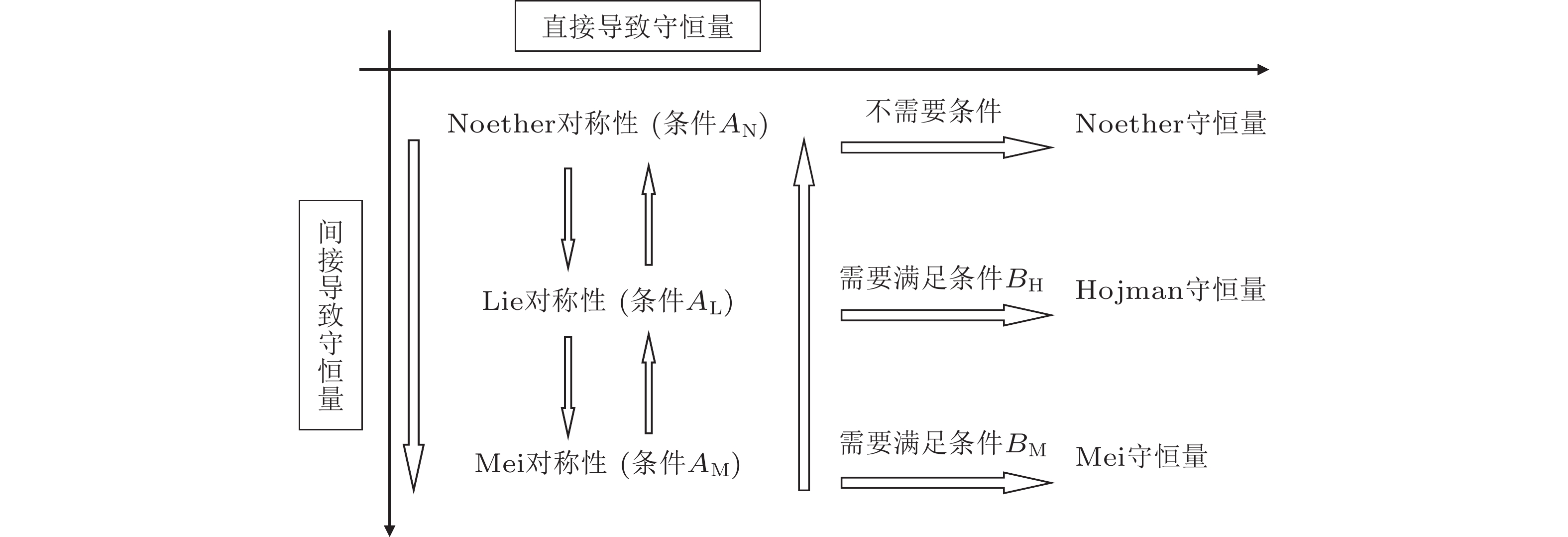
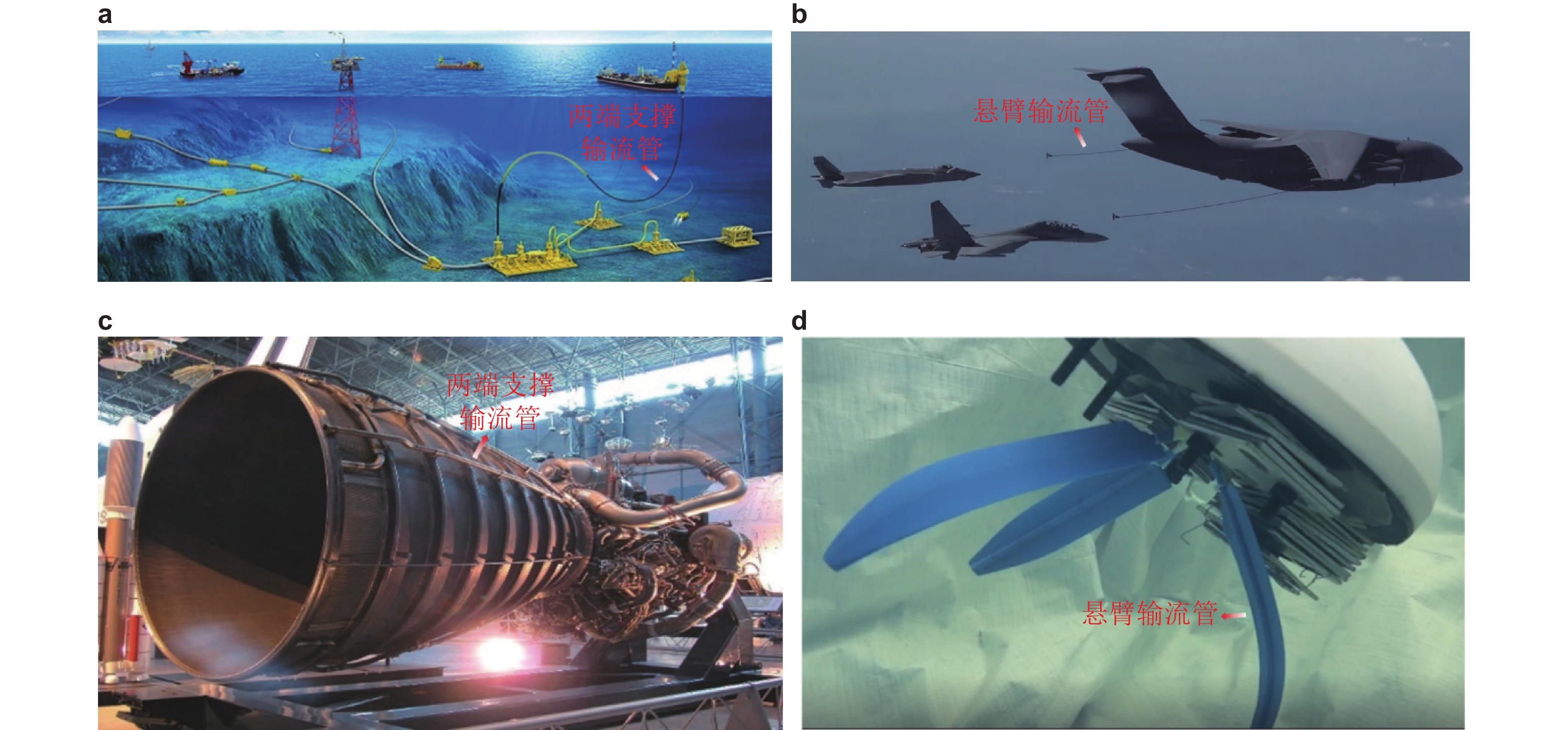

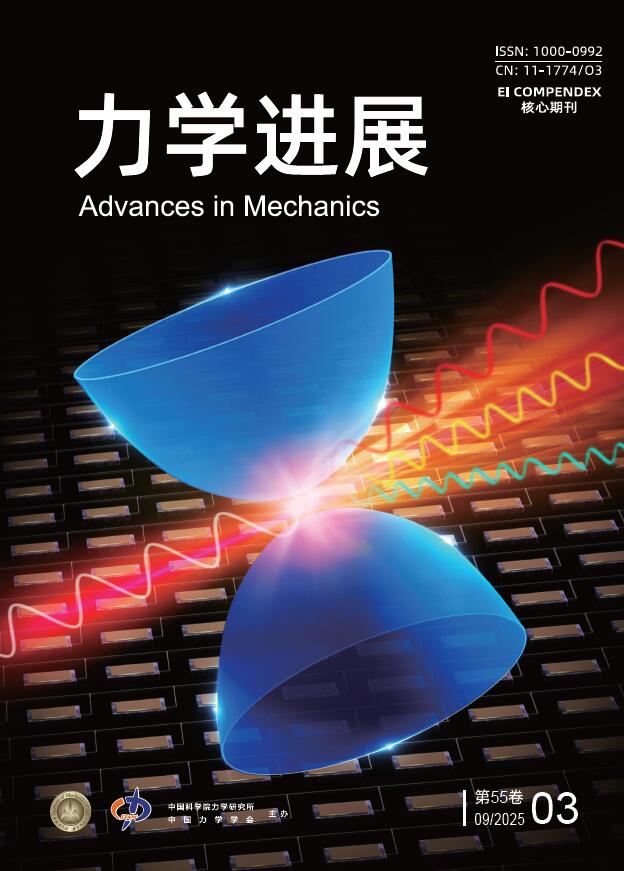




 Abstract
Abstract HTML
HTML PDF
PDF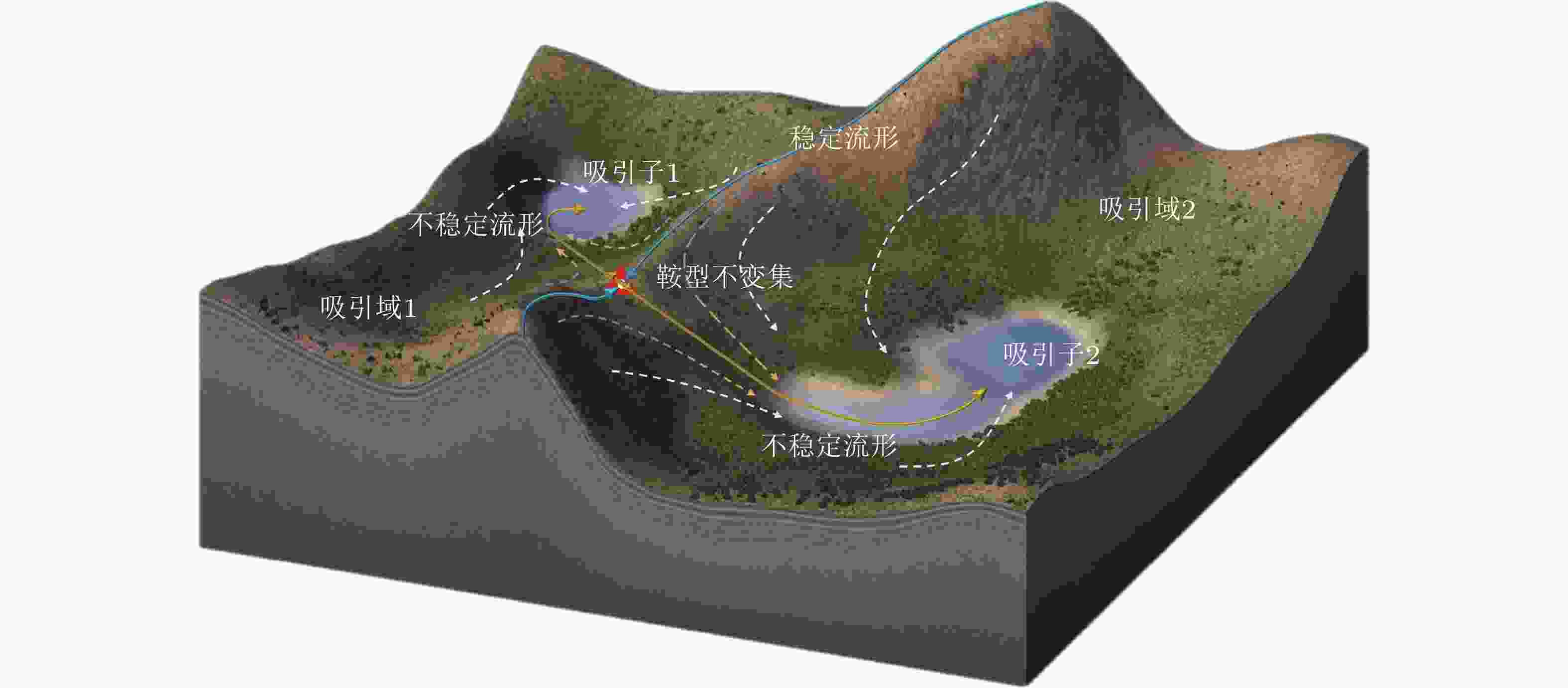


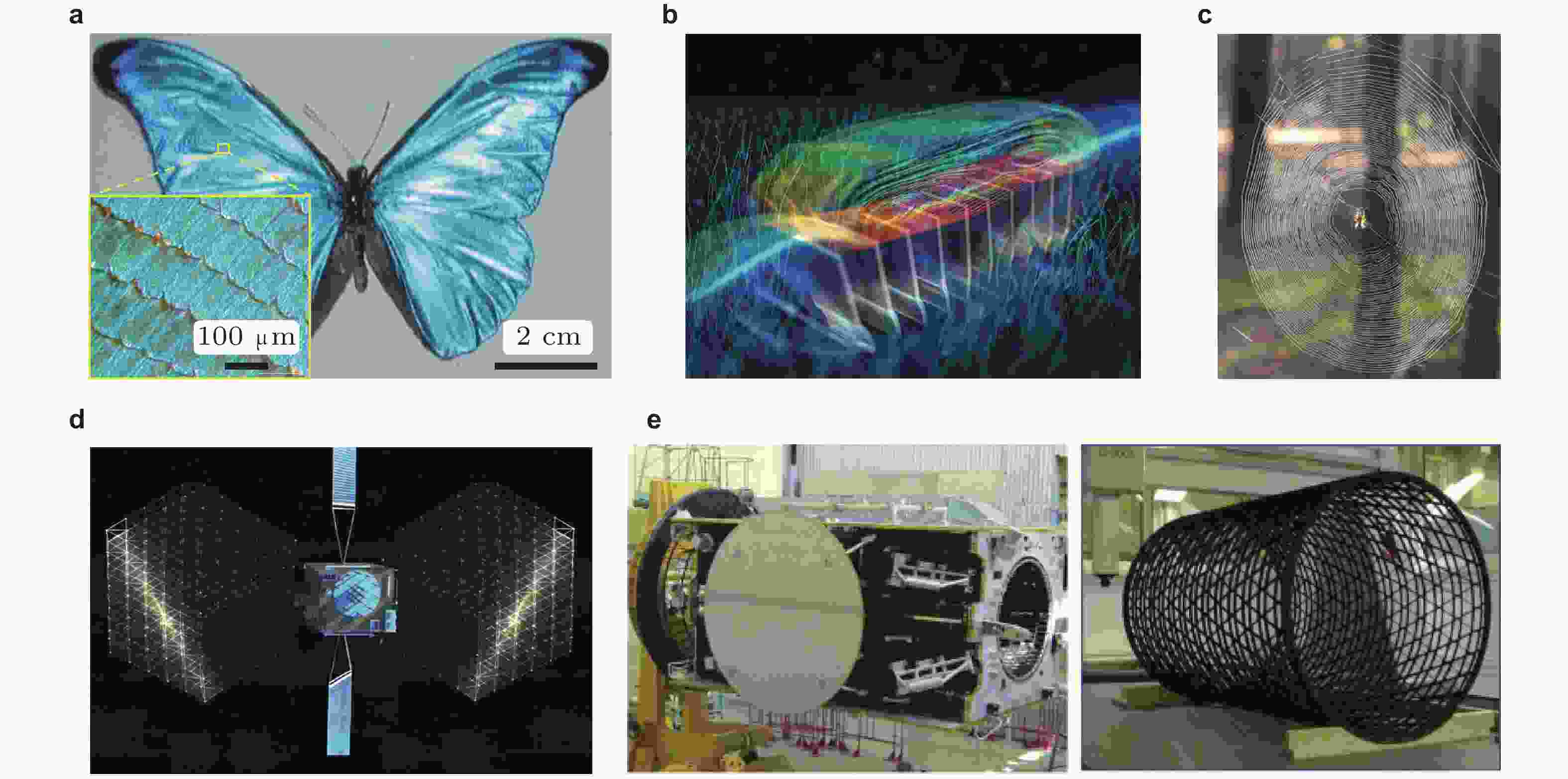
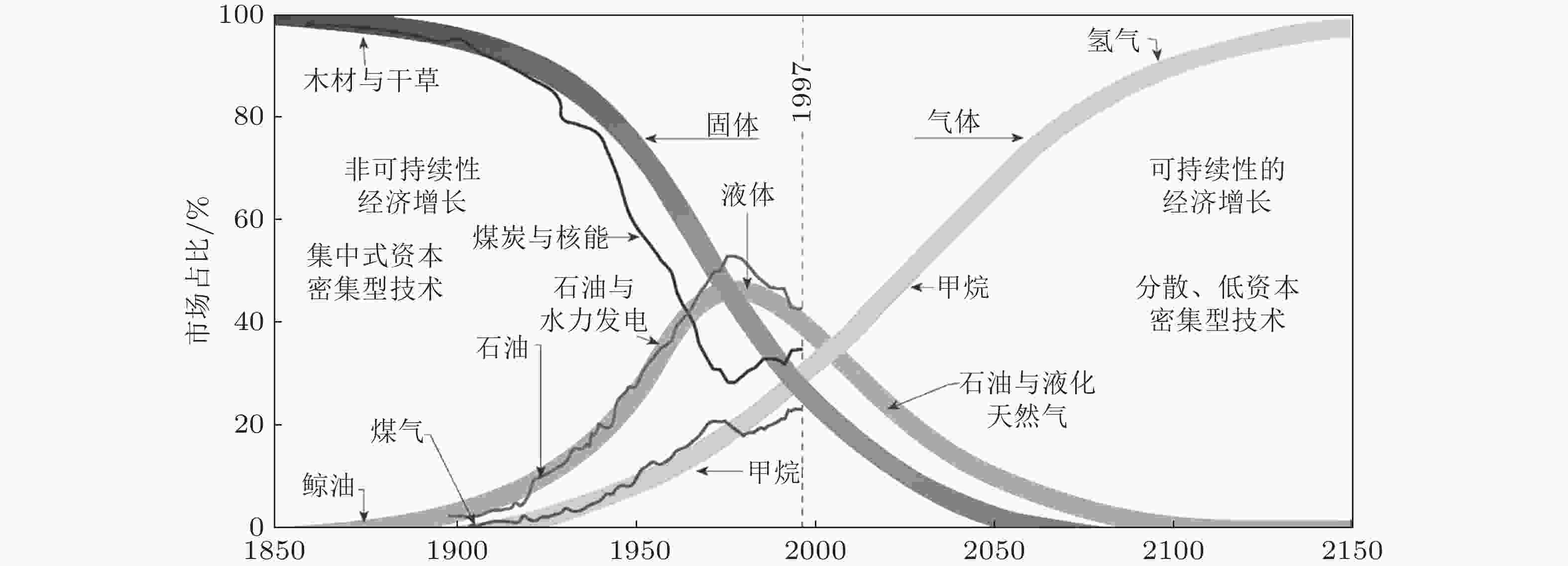
 Email Alert
Email Alert RSS
RSS